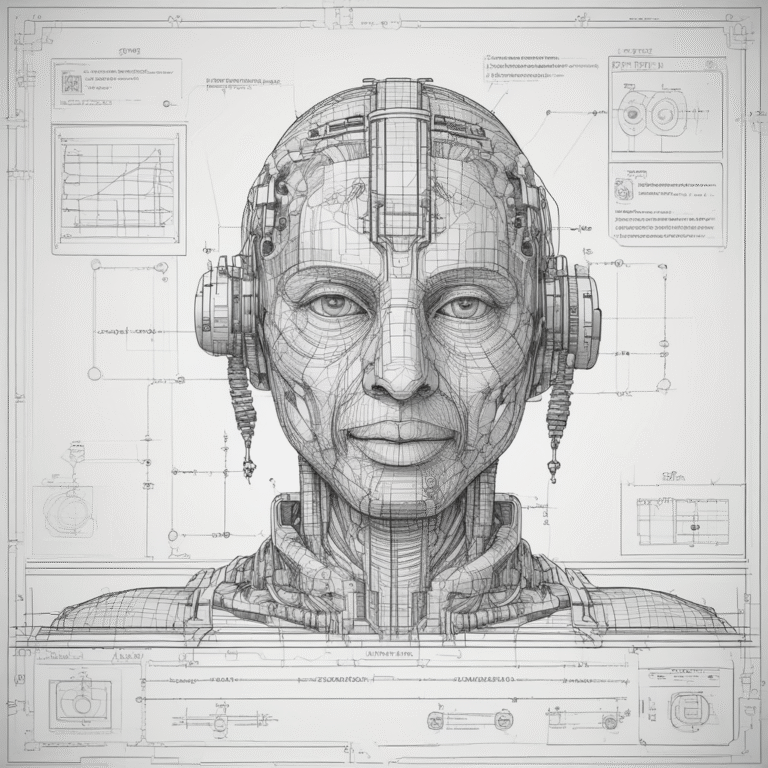Guidance for General-Purpose AI Models Under the AI Act
The European Commission has released essential guidance aimed at providers of general-purpose AI models, detailing the obligations under the AI Act. This guidance follows the publication of the General-Purpose AI Code of Practice and aims to clarify the responsibilities of developers and organizations working with advanced AI technologies.
Definition of General-Purpose AI Models
According to the guidance, general-purpose AI models are defined as systems trained with computational resources exceeding 1023 floating point operations. These models are capable of generating various forms of content, including text, audio, text-to-image, and text-to-video. Understanding this definition is critical for developers to ascertain whether they fall under the compliance requirements of the AI Act.
Provider Obligations
The guidance sets forth a series of obligations for providers of general-purpose AI models, which include:
- Clear Definitions: The guidelines provide straightforward technical criteria for identifying general-purpose AI models, facilitating compliance awareness among developers.
- Pragmatic Approach: The document emphasizes that only those making significant modifications to AI models are required to comply, thereby excluding minor changes from these obligations.
- Exemptions for Open-Source Models: Conditions under which providers of open-source AI models may be exempt from certain obligations are also outlined, promoting both transparency and innovation.
Timeline for Application
The obligations for providers of general-purpose AI models will come into effect on 2 August 2025. From this date, any AI models placed on the market must comply with the established regulations.
Additionally, the most advanced models that pose systemic risks will have specific obligations, including a legal requirement to notify the AI Office of these models. The AI Office will provide support to ensure compliance, particularly for those adhering to the Code of Practice.
By 2 August 2026, the Commission’s enforcement powers will be active, allowing for compliance checks and potential fines for non-compliance.
Finally, by 2 August 2027, all providers of general-purpose AI models placed on the market before 2 August 2025 will also need to meet the compliance requirements.
Conclusion
The European Commission’s guidance represents a significant step towards regulating the rapidly evolving field of AI. By outlining clear definitions and obligations, the Commission aims to foster a safer, more transparent environment for the development and deployment of general-purpose AI technologies.










